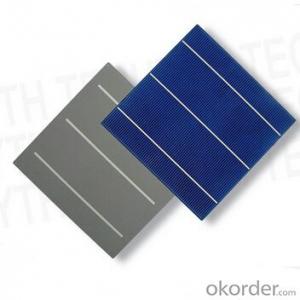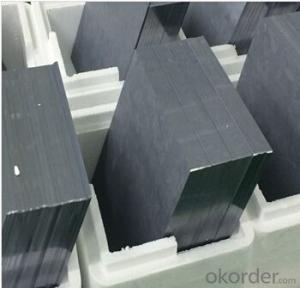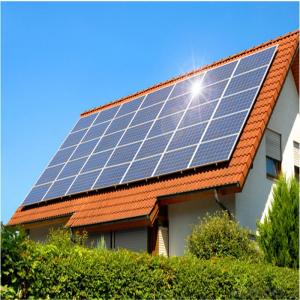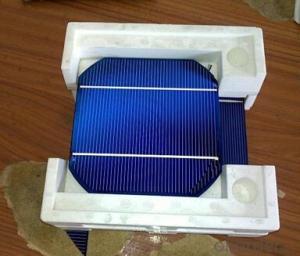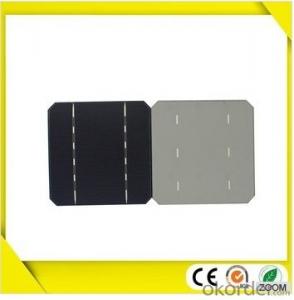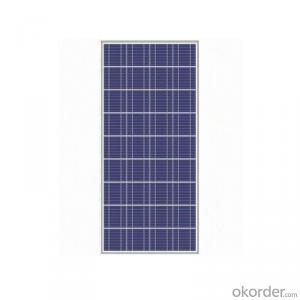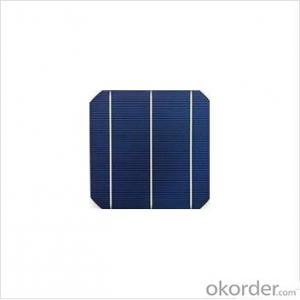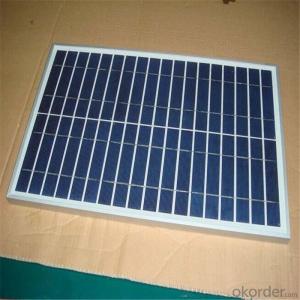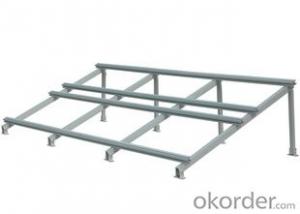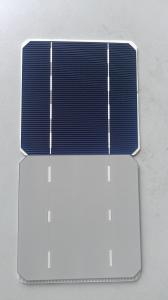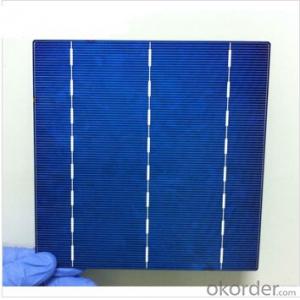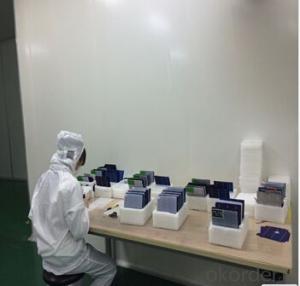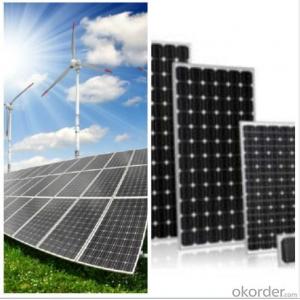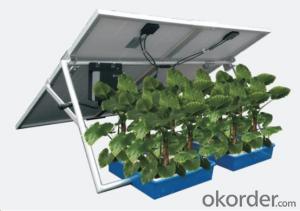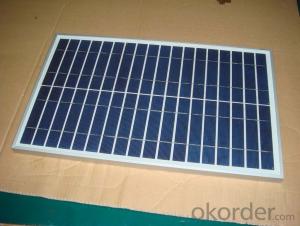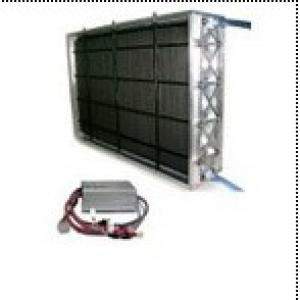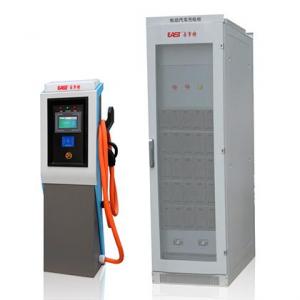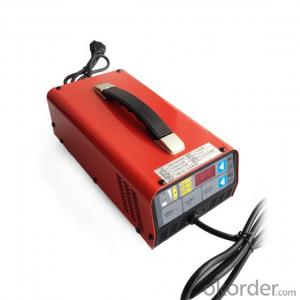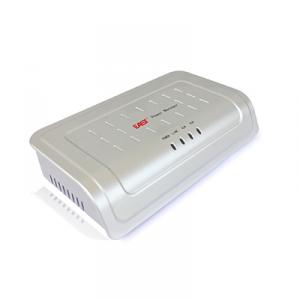Imm Solar Cells
Imm Solar Cells Related Searches
Ibc Solar Cells Mj Solar Cells Emcore Solar Cells Free Solar Cells Better Solar Cells Multiband Solar Cells Multilayer Solar Cells Photovoltaic Solar Cells Iii V Solar Cells Edmund Scientific Solar Cells Aims Solar Inverter Home Depot Solar Cells Cadmium Solar Cells Multi Junction Solar Cells Bulk Solar Cells Home Built Solar Cells High Temperature Solar Cells Nano Solar Cells High Quality Solar Cells Solar Cell Module Inverter Solar Cell Chinese Solar Cells Multi-Junction Solar Cells Lightweight Solar Cells Buy Solar Cells Quantum Solar Cells American Made Solar Cells Rec Solar Cells Chipped Solar Cells Polymer Solar CellsImm Solar Cells Supplier & Manufacturer from China
Imm Solar Cells, a range of high-quality photovoltaic products, are designed to harness solar energy efficiently and effectively. These solar cells are engineered to convert sunlight into electricity, making them an ideal choice for various applications such as residential, commercial, and industrial power generation. They are also widely used in off-grid systems, remote area power supplies, and as a sustainable energy source for outdoor lighting and other applications.The Imm Solar Cells are known for their durability, efficiency, and ability to withstand various weather conditions, making them suitable for diverse usage scenarios. They are particularly beneficial in areas with abundant sunlight, where they can provide a reliable and clean source of energy. Okorder.com, a reputable wholesale supplier, offers a vast inventory of Imm Solar Cells, ensuring that customers have access to a wide range of options to meet their specific energy needs. With a commitment to quality and customer satisfaction, Okorder.com stands out as a preferred destination for those seeking to invest in Imm Solar Cells.
Hot Products


